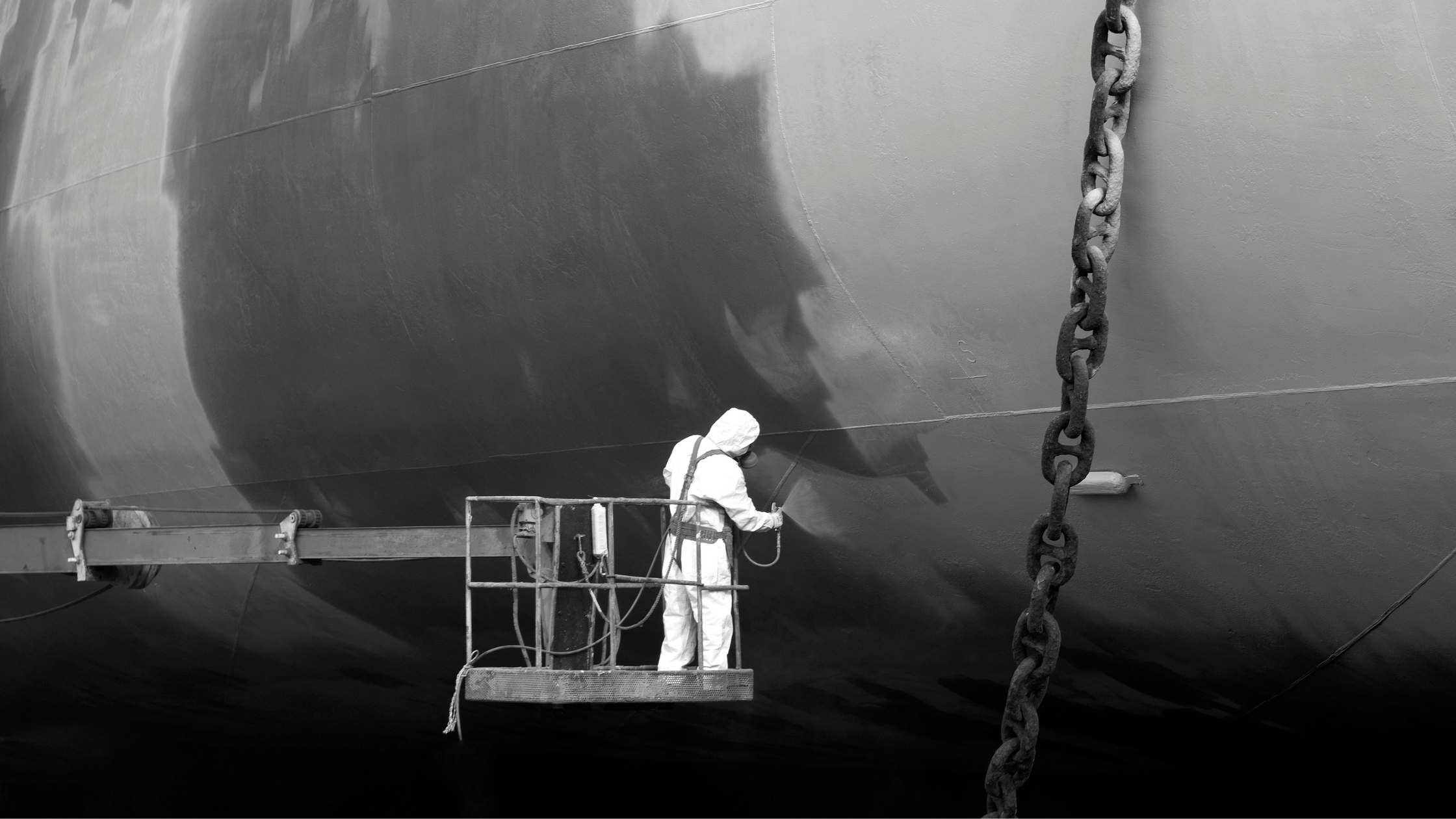
Exposure to asbestos in shipyards is high-risk and occupational asbestos exposure is the main cause of mesothelioma and asbestosis. This is why, worldwide, asbestos claims the most work-related deaths.
Asbestos awareness in the workplace could reduce these fatalities. So, the understanding and identification of Asbestos Containing Materials (ACMs) in UK shipyards is vital this World Cancer Day and beyond.
Exposure to asbestos in shipyards
The occupations most at risk most of asbestos exposure include construction workers, industrial workers, firefighters, power plant workers and shipyard workers. Here, we’ll consider the risks that shipbuilders and shipyard maintenance workers take.
In the past, 100s of ACMs were used in shipbuilding. They were favoured for their resistance to heat, chemicals and saltwater corrosion. This means those doing the following jobs could have suffered exposure to asbestos on ships and in shipyards:
- Ship builders
- Ship refurbishment workers
- Ship maintenance/repair workers
- Ship demolition workers
- Sailors and other Navy personnel
- Dockyard workers
Asbestos-Containing Materials most encountered by shipyard workers
The Royal Navy began to replace asbestos insulation materials with glass fibre and calcium silicate and introduced respiratory protection from 1963. But ACMs had been used everywhere from boiler rooms and engine rooms to sleeping quarters and decking for many years in countless ships.
Ironically, the very properties that made asbestos attractive for shipbuilding also make them hard for the body to break down. And microscopic asbestos fibres in old ACMs can still be inhaled. Once breathed in, they become trapped and cause inflammation, putting the health of those working in shipyards at serious risk.
The most widely used ACMs in shipbuilding, causing exposure to asbestos in shipyards, include:
- Asbestos adhesives – These were used to make repairs and create seals on ships.
- Asbestos bedding – This fireproof filler was often used to stuff mattresses.
- Asbestos cables – Asbestos was added to wire cables for strength and protection against salt.
- Asbestos cement – Corrugated asbestos sheets were used to construct walls and roofs in shipyards.
- Hydraulic assemblies – These contain asbestos insulation and packing material.
- Insulation and wraps– Spray-on asbestos insulation were applied to pipes, valves and hulls. Block insulation and pipe wrap covering were also used.
- Gaskets and valves – Amosite asbestos was often favoured for its great resistance to salt corrosion.
- Paint and coatings – These were used for fireproofing all over ships as well as in deck coverings for extra strength and a non-slip texture.
- Heat panels – Asbestos was added to panels to create fireproof walls and barriers.
- Pumps – Asbestos insulation used in and around pumps required frequent repair.
- Textiles – Sails for ships and fireproof blankets for shipyards contained asbestos.

Asbestos-related cancers in shipyard workers
According to the European Commission (2022), exposure to asbestos was the cause of death for more than 70,000 workers in 2019.
Those working in the UK shipbuilding industry before the 1980s and UK military veterans are at high risk of mesothelioma, an asbestos-related cancer.
To back this, a study published in Environmental Health (2018) reported substantially increased deathrates caused by mesothelioma, lung cancer, laryngeal cancer and asbestosis among shipyard workers in Italy.
With almost one third of the US’s total mesothelioma lawsuits filed by Navy veterans and government shipyard workers, the problem is rife across the pond too.
Exposure to asbestos in shipyards also increases the risk of other cancers and serious pulmonary diseases, including:
- Lung cancer
- Ovarian cancer
- Asbestosis
This month brings World Cancer Day (4 February) and Cancer Prevention Action Week (20-26 February). And with these sobering stats in mind, what better time is there for us to promote asbestos awareness for shipyard workers?
How RJS Waste Management can help detect and dispose of asbestos in shipyards
We have an excellent relationship with the MOD. Our skilled and experienced team is contracted to remove and dispose of waste, including WEEE and hazardous waste, from some of their shipyards.
What’s more, we’re available to carry out asbestos surveys, asbestos removals and collections at UK shipyards. Contact us to request a quote for our waste removal and asbestos services.




